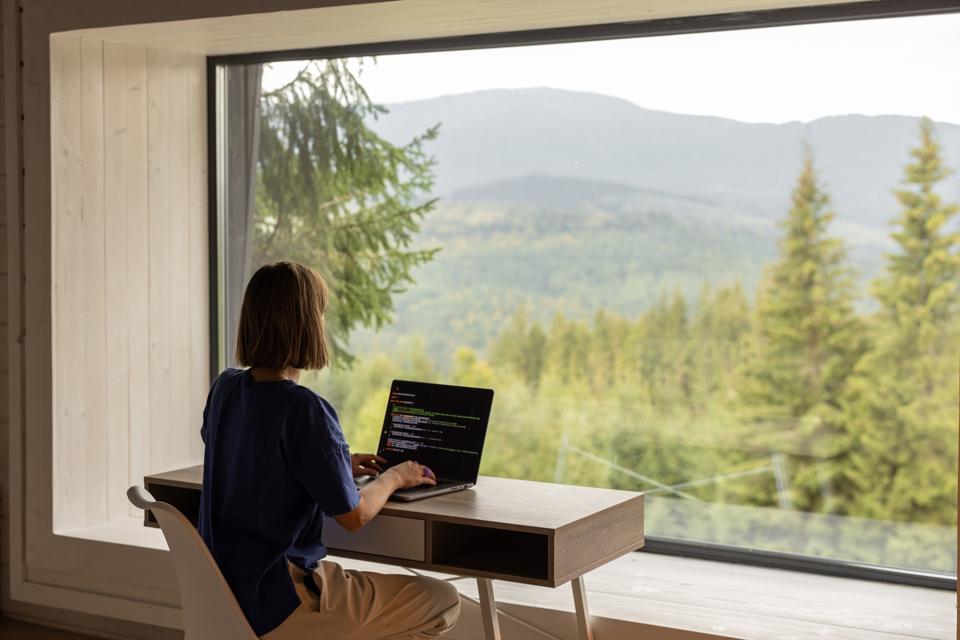The extent to which employers allow or even encourage hybrid working looks likely to remain one of the key workplace issues for some time to come. To judge from the occupancy levels at station car parks in the U.K.’s commuter towns, it seems that employers have had some success in persuading people to return to their offices, for at least a part of the week. Yet hold-outs persist. Last month it was reported that staff at some offices of the Office for National Statistics were refusing to comply with an instruction that they spend two days a week in their offices. And it appears that many employees are still so committed to flexible working practices that they will consider changing jobs over it.
This does not mean that employers wanting to retain their staff should just bow to the pressure and allow workers to perform their roles however they see fit. Earlier this year, the Chartered Institute of Personnel and Development, which promotes best practice for the U.K.’s human resources professionals, published guidance on how to introduce flexible or hybrid working practices. Its key steps to planning successful hybrid work include:
Agreeing an overall strategic position on hybrid (and broader flexible) working for the organization and development of a policy and supporting guidance reflecting the strategy.
Defining hybrid working considering the specific organizational context. This might include several different forms of hybrid working even within one organization, depending on role requirements.
Provision of training and ongoing development activity for people managers to support successful hybrid management and leadership.
Having effective approaches for potential challenges, such as technology, employee wellbeing, inclusion and facilities.
It is interesting that, given that the pandemic also accelerated the digitalization of business, one of the issues often cited as a hurdle to changing working practices for both individuals and their employers is technology — or, rather, lack of the right equipment and software.
This situation is highlighted in a report out this week from the office equipment maker Ricoh. The study says that just 30% of European employees say they have all the necessary technology in order to collaborate seamlessly with colleagues. Moreover, nearly a quarter of business decision makers questioned acknowledge that their collaboration technology does not meet industry standards.
Now, it could be that not providing access to such tools as Zoom and Microsoft Teams or even video-conferencing equipment is just a cynical attempt to frustrate those who are seeking to work in different ways. However, it is more likely a lack of understanding of how — for all the talk of team-work and collaboration — modern work is really done. These days, even the most junior of staff need to be able to communicate with others electronically all the time, including when they are in the same building. Employers who fail to realize this and do not make the necessary investments risk falling behind, another factor that often leads to the departure of staff.
At the same time, there is a growing realization that — while it is, of course, possible to carry out many elements of the job and remain productive while working remotely — certain aspects, notably those involving creativity, seem to suffer. But, given that the enthusiasm employees have for remote or hybrid working is unlikely to diminish because it offers them a better chance of balancing work and other aspects of their lives, employers cannot simply throw up their hands and — as some have been doing — insist on a return to the old ways.
Indeed, some believe the answer lies in embracing even more technology. Sondre Kvam is co-founder of Norwegian start-up Naer, which has developed a “mixed reality” workplace app to assist with brainstorming. In an interview earlier this year, he said that using immersive technology allowed participants to really focus on collaboration without “all the other things competing for your attention.” Acknowledging that “people need to meet every once in a while”, he added that creating a 3D environment could make it feel like those involved were meeting in real life rather than just conversing via computers.
Since technology in such areas as Artificial Intelligence is developing at a rapid rate, we will doubtless soon be able to see if he is right. In the meantime, companies probably need to invest in better equipment and also spend on making their offices the sorts of places people want to spend time in. It will be hard to maintain a sense of culture and connection — both of which are greater motivators of people than is commonly accepted — without some sort of physical presence.

